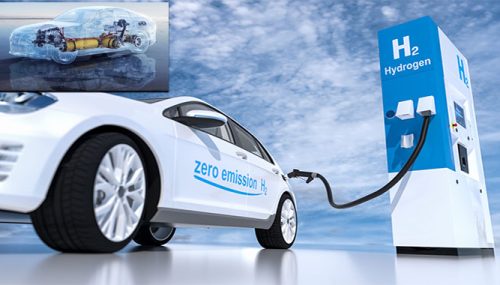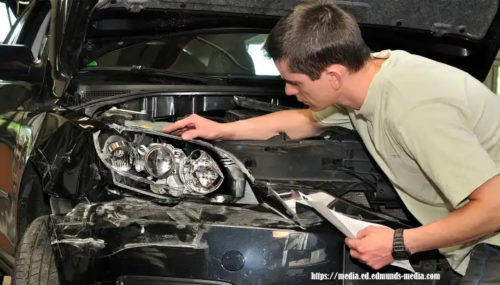As electric vehicles (EVs) become more prevalent, one crucial component that requires attention is the charging port. The charging port is where you plug in your EV to charge its battery. In this article, we will discuss the importance of maintaining the charging port and provide a step-by-step guide on how to replace it if needed.
Importance of Maintaining the Charging Port
A well-maintained charging port ensures the efficient and safe charging of your electric vehicle. Regular cleaning and inspection can help prevent issues that may interrupt the charging process or cause damage to the port. Here are a few reasons why maintaining the charging port is important:
- Ensuring Reliable Charging: A clean and undamaged charging port improves the connection between the charging cable and the vehicle’s battery, allowing for a consistent charging flow and reducing the risk of charging interruptions.
- Preventing Corrosion: Accumulation of dirt, dust, or debris in the charging port can lead to corrosion over time, affecting the electrical conductivity. Regular cleaning helps prevent corrosion and ensures optimal charging performance.
- Extending Port Lifespan: By maintaining the charging port, you can help extend its lifespan. This reduces the need for premature replacements, saving you time and money in the long run.
Cleaning and Maintaining the Charging Port
Follow these steps to ensure your charging port remains in good condition:
- Always Power Off: Before attempting any maintenance on the charging port, make sure your electric vehicle is powered off and unplugged from the charging station to avoid any electrical hazards.
- Inspect for Damage: Visually inspect the charging port for any signs of damage such as cracks, loose components, or bent pins. If you notice any issues, it may be time to replace the charging port.
- Cleaning the Port: Use a soft cloth or a brush to gently remove any dirt, dust, or debris from the charging port and its surrounding area. Avoid using water or liquid cleaners, as they may damage the electrical components.
- Check the Pins: Carefully examine the pins inside the charging port to ensure they are clean, straight, and undamaged. If any pins appear bent or damaged, consult a professional for repairs or replacement.
- Protect from Elements: When the charging port is not in use, consider using a protective cap or cover to shield it from dust, moisture, or extreme weather conditions.
Remember to consult your electric vehicle’s user manual for specific maintenance instructions recommended by the manufacturer.
Replacing the Charging Port
If you notice significant damage or malfunction in the charging port that cannot be fixed through maintenance, it may be necessary to replace it. Here are the general steps involved in replacing the charging port:
- Disconnect and Power Off: Start by disconnecting the charging cable from the vehicle and ensuring the EV is powered off for safety.
- Consult the User Manual: Consult your electric vehicle’s user manual for information specific to your vehicle’s make and model. It will guide you through the process of locating and accessing the charging port.
- Remove the Old Port: Use the appropriate tools to carefully remove the old charging port. This may involve unscrewing or disconnecting components to access the port.
- Install the New Port: Install the new charging port by carefully following the instructions provided in the user manual. Ensure that all connections are secure and in the correct places.
- Test and Verify: Once the new charging port is installed, reconnect the charging cable and power on the EV. Verify that the new port is functioning correctly by attempting to charge the vehicle.
If you are unsure about replacing the charging port yourself, it is recommended to seek professional assistance from an authorized dealership or EV service center.
Maintaining and replacing an electric vehicle’s charging port is essential for optimal charging performance and longevity. Regular cleaning and inspection can help prevent issues, while knowing the proper steps for replacement ensures a smooth process when needed. By taking care of your EV’s charging port, you can enjoy a reliable and efficient charging experience every time.



















